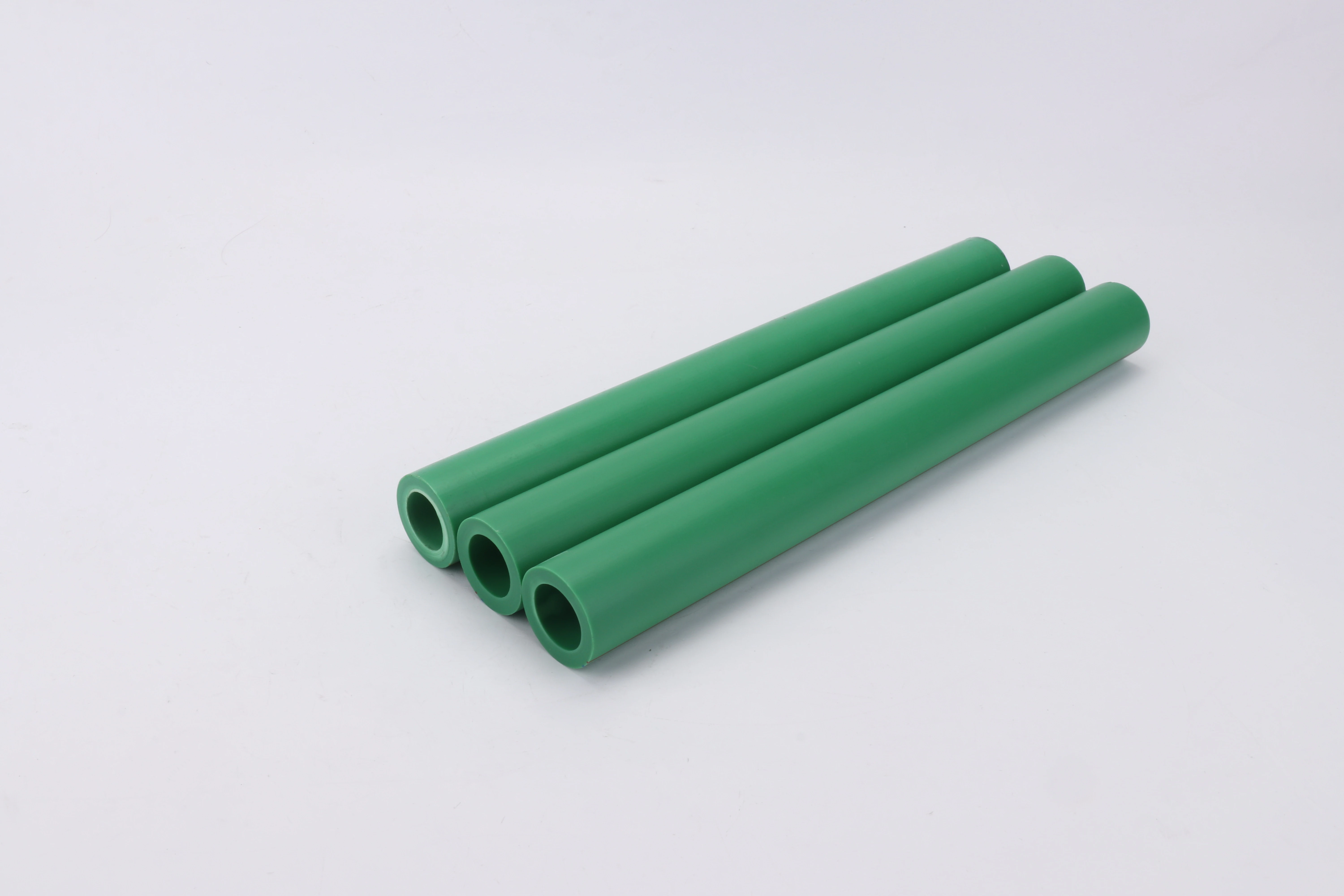PPR (полипропилен рандом сополимер) piping systems are becoming increasingly popular in the United States for residential, commercial, and industrial plumbing projects. Known for their durability, high-temperature resistance, and corrosion-free design, PPR pipes offer a modern alternative to traditional materials like copper, CPVC, and galvanized steel.
But how do you properly install a PPR plumbing system? In this article, we’ll walk through the basic installation steps, tools required, best practices, and why PPR is a smart choice for American plumbing contractors and wholesalers.
🔧 Why Choose PPR for Plumbing Installations in the USA?
- Temperature resistance up to 95°C (203°F)
- Long service life (50+ years)
- Fusion welding for leak-proof joints
- Resistant to chemicals, rust, and scale buildup
- Safe for drinking water (BPA-free, non-toxic)
With sustainability and longevity top of mind, PPR is ideal for both hot and cold water systems, as well as hydronic heating and compressed air lines.
🛠️ Basic Steps of PPR Plumbing Installation
Below are the essential steps to install a PPR plumbing system in compliance with American plumbing standards:
✅ Step 1: Planning and Pipe Sizing
- Review your plumbing layout and identify connection points, pipe lengths, and fittings needed.
- Select appropriate pipe sizes based on flow rate, application (hot/cold), and pressure class (PN16/PN20/PN25).
- Ensure the PPR system meets local building codes and ANSI/NSF standards.
🔎 Tip: Use certified pipes that comply with DIN 8077/8078 and ISO 15874.
✅ Step 2: Cut the Pipe
- Use a pipe cutter or PPR shears to get a clean, straight cut.
- Avoid crushing or uneven edges, as this can compromise the weld.
🧰 Tools: PPR pipe cutter, measuring tape, marker

✅ Step 3: Prepare the Pipe and Fitting
- Clean the pipe end and the fitting socket to remove dust or debris.
- Ensure both components are dry and contaminant-free.
🧽 Clean surfaces ensure better fusion and joint strength.
✅ Step 4: Heat Fusion Welding
- Use a PPR fusion welding machine to heat the pipe and fitting.
- Heat both ends for the recommended time (usually 5–8 seconds depending on pipe size).
- Quickly insert the pipe into the fitting without twisting, and hold until the joint cools and solidifies.
⚠️ Do NOT use glue—PPR must be welded, not chemically bonded.
✅ Step 5: Install Pipe Supports
- Secure the PPR system with plastic or rubber-lined pipe clamps.
- Account for thermal expansion by adding loops or sliding supports if needed.
📏 Support spacing typically ranges from 1 to 1.5 meters, depending on pipe diameter and water temperature.
✅ Step 6: Pressure Testing
- After the full system is installed, perform a hydrostatic pressure test.
- Use clean water to pressurize the system and monitor for leaks or weak joints.
- Maintain test pressure for at least 30 minutes as per local code.
✅ This ensures the system is sealed and safe before final enclosure or insulation.
✅ Step 7: Insulation and Final Fix
- If the pipe is exposed to high heat, UV, or freezing conditions, apply insulation or protective covers.
- Finalize all connections and prepare the system for commissioning.
⚠️ Common Mistakes to Avoid
- Using solvent cement (glue) on PPR—only heat fusion is effective.
- Cutting pipe unevenly or heating improperly, leading to weak joints.
- Ignoring thermal expansion and failing to install pipe supports.
- Skipping pressure tests before sealing walls or floors.
🏭 Where to Source High-Quality PPR Products for the USA?
Looking for reliable and certified PPR plumbing systems?
✅ ifanultra is a professional pipe manufacturer from China, offering:
- DIN and ISO-certified PPR pipes and fittings
- Full range of pressure classes (PN16 / PN20 / PN25)
- Custom branding (OEM) services
- Competitive wholesale prices and global shipping
ifanultra supports plumbing distributors, contractors, and project developers across North America with factory-direct supply and expert technical guidance.
✅ Conclusion
Installing PPR plumbing systems in the USA is a straightforward process when the correct tools, standards, and techniques are followed. From precise cutting to fusion welding and pressure testing, each step contributes to a safe, efficient, and long-lasting water delivery system.
Whether you’re retrofitting a home or managing a large-scale commercial project, PPR offers unmatched reliability and value—especially when sourced from certified manufacturers like ifanultra.













Последние комментарии